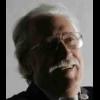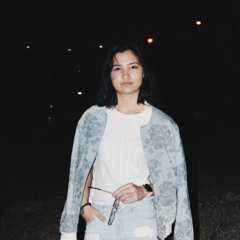CARTOONIST AND POET
Reading about the work of cartoonist Gary Larson and how he works I could not help compare and contrast his modus operandi and my own with respect to writing prose and poetry. Larson draws inspiration from similar sources to my own: interests, experiences and memories. He is sensitive about his readers and whether they understand his work. And so is this the case with me and my literary opus. I have one eye on my readers most of the time, but another on the world and all that is therein. Sometimes I shut one eye and open the other; at other times I open both eyes one, I like to think, to
0






4 Comments
Recommended Comments
Create an account or sign in to comment
You need to be a member in order to leave a comment
Create an account
Sign up for a new account in our community. It's easy!
Register a new accountSign in
Already have an account? Sign in here.
Sign In Now